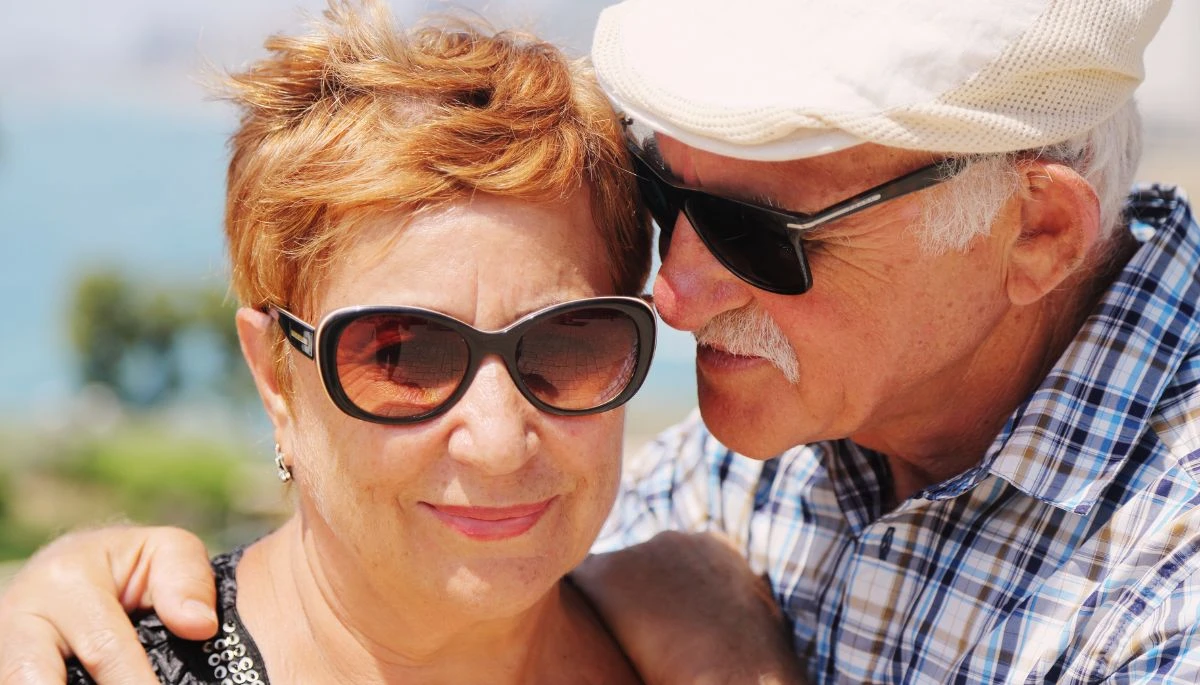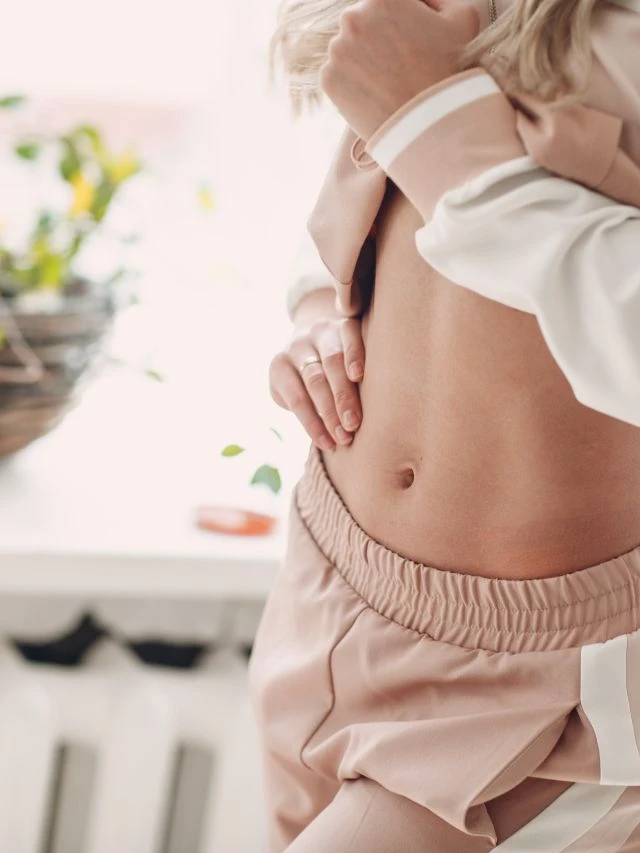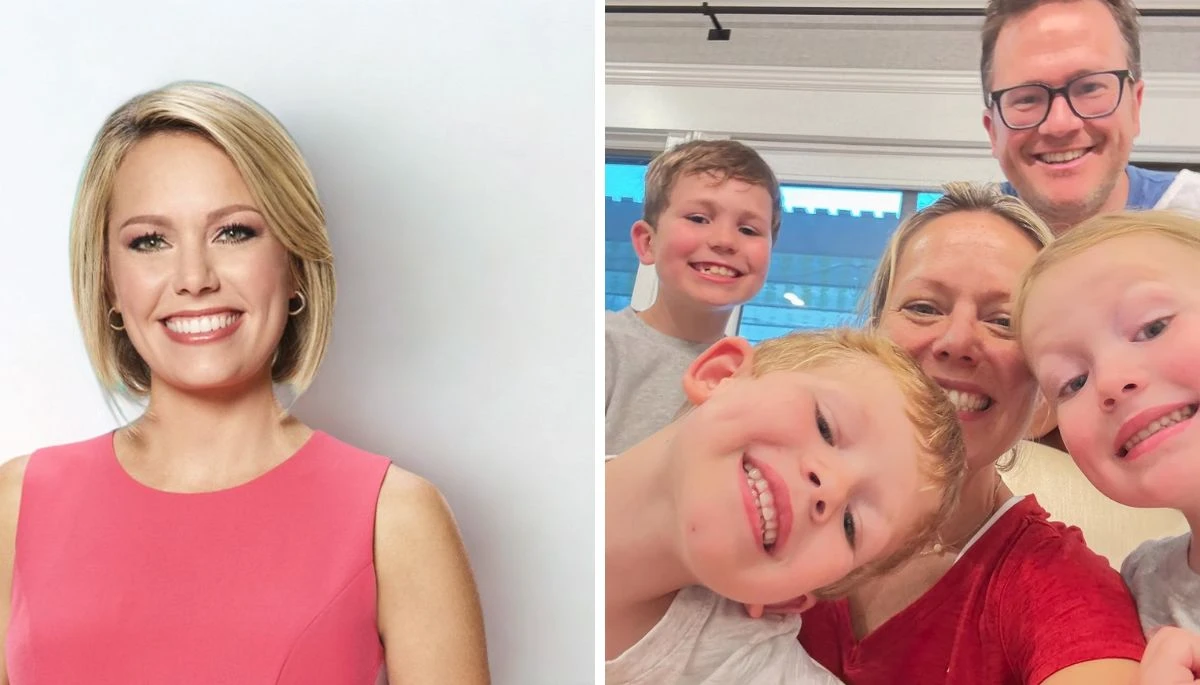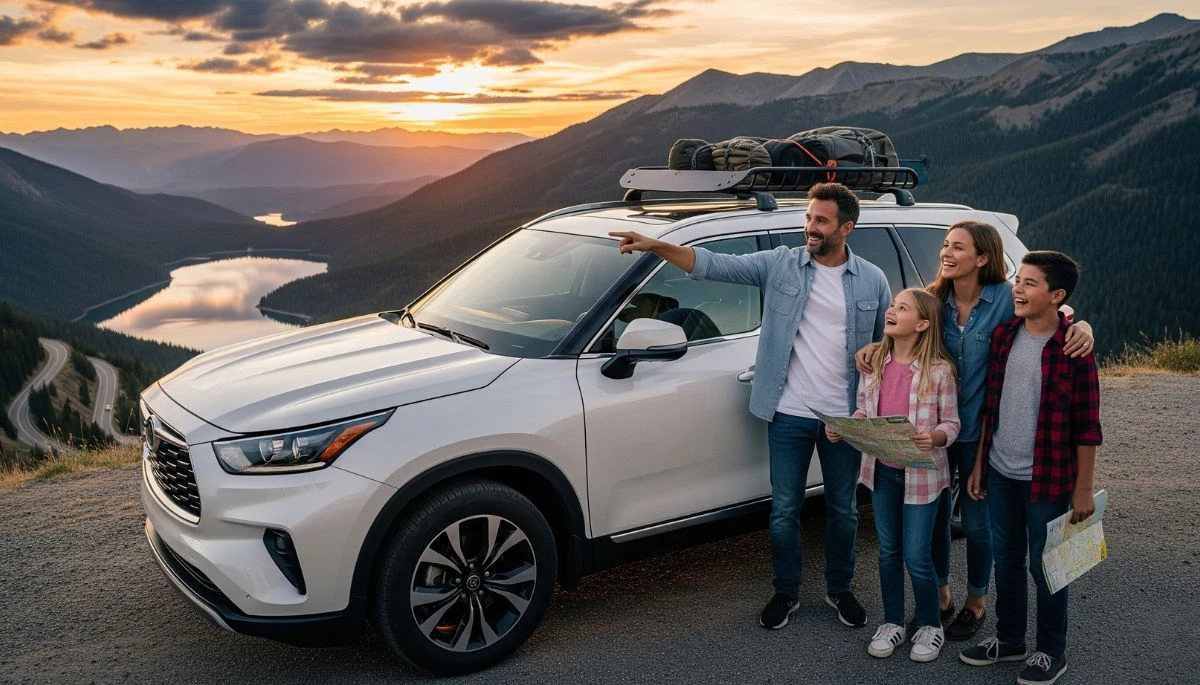Note: All content on this website is thoughtfully created using advanced AI tools and is carefully reviewed and verified by our team before publication. If you spot any errors, please contact us — we appreciate your feedback!
Planning to take your newborn outside for some fresh air? Protecting their delicate skin from the sun is crucial, but newborns require special care. Their skin is thinner and more sensitive than older babies or adults, making sunscreen choices tricky.
Table of Contents
This guide, written for new parents and caregivers, explains how to keep newborns safe in the sun and whether sunscreen is appropriate. Using simple language, we’ll cover what to avoid, safe alternatives, and expert-backed tips to ensure your baby’s skin stays protected.
Join ScoopOK Social for Update Private News Alerts!
Key Points:
- Newborns under 6 months should avoid sunscreen unless absolutely necessary.
- Shade and protective clothing are the best sun protection for newborns.
- If sunscreen is needed, use mineral-based options with zinc oxide or titanium dioxide.
Why Sun Protection Matters for Newborns
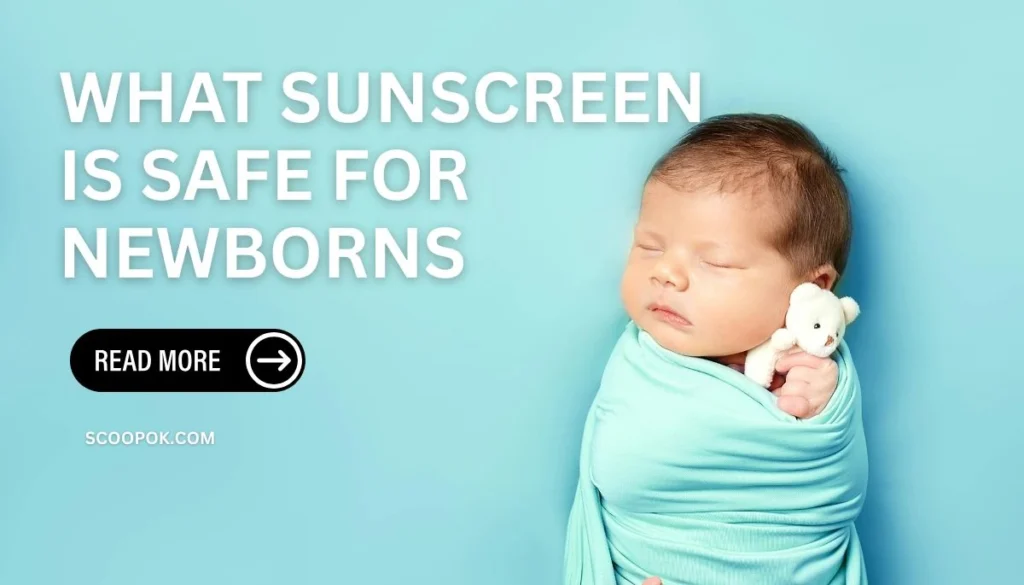
Newborns have ultra-sensitive skin that burns easily and is prone to irritation. Exposure to UV rays can cause immediate harm like sunburn and increase skin cancer risk later in life.
The American Academy of Pediatrics (AAP) and Skin Cancer Foundation emphasize avoiding direct sunlight for babies under 6 months. Understanding safe sun protection methods helps parents keep their newborns safe while enjoying outdoor time.
Is Sunscreen Safe for Newborns?
Sunscreen is generally not recommended for babies under 6 months due to their sensitive skin. The FDA and AAP advise prioritizing shade and clothing over sunscreen to prevent irritation or allergic reactions.
Why Sunscreen Is Risky for Newborns:
- Thin Skin: Newborn skin is 15 times thinner than adult skin, increasing absorption of chemicals.
- Allergy Risk: Ingredients may cause rashes or irritation.
- Ingestion Concerns: Babies may lick sunscreen off their hands, potentially ingesting harmful substances.
Expert Advice:
The Skin Cancer Foundation suggests keeping newborns out of direct sunlight, especially between 10 a.m. and 4 p.m., when UV rays are strongest. If sun exposure is unavoidable, minimal sunscreen use is acceptable on small areas like the face or hands.
Safe Alternatives to Sunscreen for Newborns
For newborns, non-sunscreen methods are the safest way to protect against UV rays. Here are the best options:
Join ScoopOK Social for Update Private News Alerts!
Sun Protection Strategies:
- Seek Shade: Use stroller canopies, umbrellas, or pop-up tents to block sunlight.
- Protective Clothing: Dress babies in lightweight, long-sleeve onesies or pants with UPF 50+ rating.
- Wide-Brimmed Hats: Choose hats that cover the face, neck, and ears.
- Sunglasses: Use baby-safe sunglasses with UV protection for extra eye safety.
- Avoid Peak Hours: Stay indoors or in shade from 10 a.m. to 4 p.m.
Related Tip: For more on baby-safe outdoor gear, check out Baby’s Weekend Road Trip Packing List: Summer Edition for tips on sun-protective accessories.
When Is Sunscreen Okay for Newborns?
In rare cases where shade or clothing isn’t enough (e.g., a beach trip), the AAP allows minimal sunscreen use on exposed areas for newborns. Only specific types are considered safe.
Safe Sunscreen Criteria for Newborns:
- Mineral-Based: Contains zinc oxide or titanium dioxide, which sit on the skin’s surface and are less likely to irritate.
- Broad-Spectrum: Protects against both UVA and UVB rays.
- SPF 30-50: Provides adequate protection without overexposure to chemicals.
- Fragrance-Free: Avoids irritation from added scents or allergens.
How to Apply Safely:
- Test a small amount on the baby’s wrist 48 hours prior to check for reactions.
- Apply sparingly to exposed areas like the face, hands, or feet.
- Wash off sunscreen once indoors to reduce skin exposure.
Expert Insight: Dr. Brigitta Moresea from Cleveland Clinic notes, “Zinc oxide and titanium dioxide are Generally Recognized as Safe and Effective by the FDA for babies over 6 months, but can be used minimally on younger infants if needed.”
Recommended Sunscreen Brands for Babies
While newborns should ideally avoid sunscreen, here are top mineral-based options for minimal use, backed by experts and parent reviews:
| Brand | Product | Key Features | Social Media |
|---|---|---|---|
| Babo Botanicals | Sensitive Baby Mineral Sunscreen SPF 50 | EWG Verified, fragrance-free, hypoallergenic | @BaboBotanicals (Instagram, X) |
| Thinkbaby | SPF 50+ Baby Sunscreen | Non-nano zinc oxide, broad-spectrum, water-resistant | @ThinkbabySPF (Instagram, X) |
| Mustela | Mineral Sunscreen Stick SPF 50 | Non-nano zinc oxide, Skin Cancer Foundation approved | @MustelaUSA (Instagram, X) |
| Pipette | Mineral Sunscreen SPF 50 | Zinc oxide, squalane for hydration, vegan | @PipetteBaby (Instagram, X) |
| Blue Lizard | Baby Sunscreen SPF 50 | Zinc oxide and titanium dioxide, paraben-free | @BlueLizardSun (Instagram, X) |
Parent Feedback: On Reddit, parents praise Thinkbaby and Pipette for easy application and minimal white cast, ideal for sensitive skin.
Common Sunscreen Ingredients to Avoid
Not all sunscreens are safe for newborns. Some ingredients can harm delicate skin or the environment.
Ingredients to Avoid:
- Oxybenzone and Octinoxate: Linked to hormone disruption and marine life harm.
- Parabens: May affect hormonal health, though FDA deems them safe in small amounts.
- Fragrances: Can cause allergic reactions or irritation.
- Nanoparticles: Smaller particles may penetrate skin more easily, though more research is needed.
External Resource: For more on safe ingredients, see EWG’s 2025 Guide to Sunscreens, which evaluates over 2,200 products for safety.
Additional Sun Safety Tips for Newborns
Beyond avoiding sunscreen, here are practical tips to keep your newborn safe:
| Tip | Details |
|---|---|
| Check Temperature | Feel baby’s tummy or neck to ensure they’re not overheating. |
| Hydrate Often | Offer breast milk or formula frequently in hot weather. |
| Use Breathable Covers | Avoid blankets on strollers; use UV-resistant, breathable buggy covers. |
| Monitor for Sunburn | Look for redness or fussiness; apply cold compresses and call a pediatrician if sunburn occurs. |
| Plan Outdoor Time | Schedule walks or outings for early morning or late afternoon. |
Related Insight: Posts on X highlight brands like Mother Sparsh for fragrance-free, mineral-based sunscreens safe for babies over 6 months, reflecting parent trust in clean ingredients.
what sunscreen is safe for newborns FAQ
Can newborns get vitamin D from sun exposure?
Brief sun exposure (5-10 minutes) may help, but consult a pediatrician for safe vitamin D sources like supplements.
What’s the best fabric for UV-protective clothing?
Tightly woven fabrics like cotton or UPF-rated materials offer the best protection.
Are spray sunscreens safe for newborns?
Avoid sprays due to inhalation risks; stick to lotions or sticks for minimal application.
How do I know if my baby’s sunscreen is expired?
Check the expiration date on the bottle; most last 2-3 years if stored properly.
Can I use adult sunscreen on my newborn?
No, adult formulas may contain irritating chemicals. Use baby-specific mineral sunscreens.
Final Thoughts
Protecting your newborn from the sun is vital, but sunscreen should be a last resort for babies under 6 months. Prioritize shade, UV-protective clothing, and wide-brimmed hats to keep their delicate skin safe. If sunscreen is necessary, choose mineral-based, fragrance-free options with zinc oxide or titanium dioxide, and apply sparingly. By following these expert-backed tips, you can enjoy outdoor time with your newborn while keeping their skin healthy and protected.


